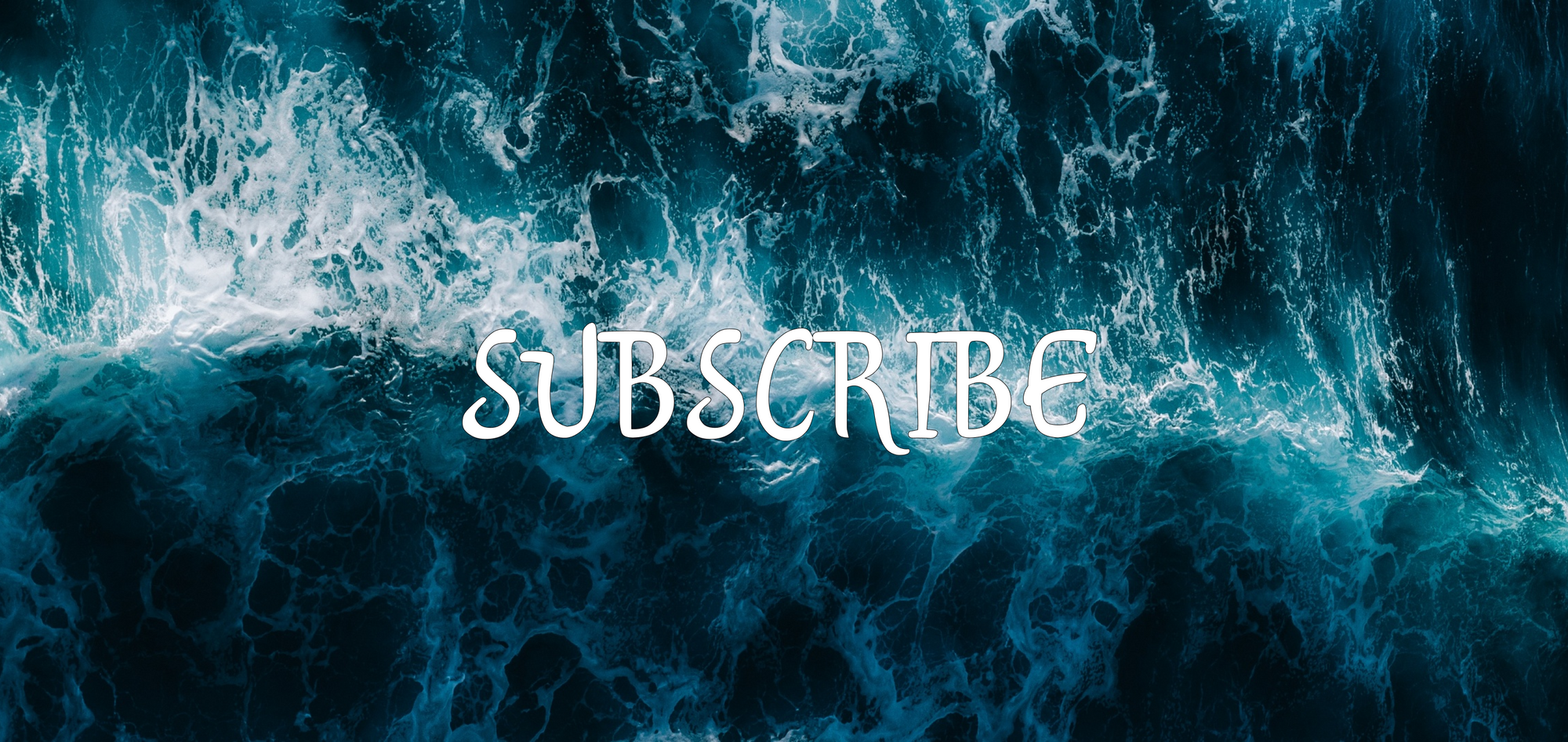
Deep Dive: Bitcoin NFTs

Crypto Twitter is onto a new, very peculiar meta that wasn't on anyone's 2023 bingo card: Bitcoin NFTs. Being (incorrectly) commonly referred to as "Ordinals," everyone is scrambling to learn about these novel digital assets and decide whether they're worth getting into.
Join us as we take the plunge into the meta no one saw coming. This is everything you need to know about Bitcoin NFTs today.
Where Did These Come From?

Bitcoin has had an interesting history with NFTs. Back in 2014, the first blockchain-based NFTs were made on Counterparty, a protocol built on Bitcoin. The biggest collections that came out of this were Spells of Genesis in 2015 and Rare Pepes in 2016. As Counterparty took off, it raised heated debates about whether it was a good use of the Bitcoin blockchain; today, similar debates are being held.
In February 2022, a proposal was sent to the Bitcoin dev mailing list to bring NFTs to the Bitcoin network. The idea was to assign each Satoshi an ordinal number, which could then be linked to extra information like text, images, videos, and games.
This year, on January 21st, software engineer Casey Rodarmor launched the Ordinals protocol on the Bitcoin mainnet, enabling the vision of the original proposal to come to fruition.
Key Facts Rundown

- Ordinals is the protocol, "Inscriptions" are the NFTs, and many people are currently messing up this terminology.
- Inscriptions are different from NFTs on Ethereum in that they are stored fully on-chain; this makes them immutable and fully decentralized.
- While creating and transferring Ethereum NFTs can result in high transaction fees, Inscriptions maintain relatively low fees due to transaction fee optimizations with Taproot on Bitcoin.
- Ordinals NFTs are comprised entirely of on-chain data, meaning the actual image for the NFT itself is stored on the blockchain, instead of simply linking to an image stored on an external website like the vast majority of Ethereum NFTs.
- Inscriptions are connected with individual satoshis. On Ethereum, NFTs are natively supported and each one has its own token.
- Each Inscription has to be individually minted with its own fee. On Ethereum, many NFTs can be minted in a single transaction.
- You can find all Inscriptions by going here.
- Follow this guide or this thread to learn how to create your own Inscriptions.
"Inscriptions are digital artifacts, and digital artifacts are NFTs, but not all NFTs are digital artifacts. Digital artifacts are NFTs held to a higher standard, closer to their ideal. For an NFT to be a digital artifact, it must be decentralized, immutable, on-chain, and unrestricted. The vast majority of NFTs are not digital artifacts. Their content is stored off-chain and can be lost, they are on centralized chains, and they have back-door admin keys. What's worse, because they are smart contracts, they must be audited on a case-by-case basis to determine their properties." - Casey Rodarmor
Is This Good for Bitcoin?

As could have been easily predicted given today's Bitcoin community landscape, the parabolic rise to prominence that Inscriptions have undergone has been harshly opposed by Bitcoin purists/maxis. Concerns have been brought up about the potential increase in transaction fees and resource demands on nodes.
Others, like well-known independent developer Udi Wertheimer, are here to bring the magic and fun back to Bitcoin (like the old days before maximalism took over) and have embraced this new idea.
Last night, we made history
— Udi Wertheimer (@udiWertheimer) February 2, 2023
The gatekeepers tried to censor us
But we mined the LARGEST BLOCK and LARGEST TRANSACTION IN BITCOIN’S HISTORY
Special thanks to bitcoin full node operators for supporting our efforts and hosting our 4MB NFT for all eternity!
gm @TaprootWizards 🧙♂️ pic.twitter.com/uKGG918af8
It's hard not to see the potential benefits that could come from this new development. With Inscriptions fully immutable and decentralized (and additional upgrades to come for the Ordinals protocol), can we allow ourselves to consider them as even better NFTs than the ones we've all been using thus far, or at least admit that it's a possibility in the future?
I know everyone hates ordinals, but (whether it’s text or images) the ability to publish uncensorable information on the #bitcoin timechain, effectively makes speech uncensorable worldwide forever.
— Bit Paine ⚡️ ⛓ 648 (@BitPaine) January 31, 2023
Wikileaks on steroids.
Few.
Sean Farrell, head of crypto strategy at FSInsight, has pointed out that one current flaw with Bitcoin's security model is a lack of miner revenue attributable to fees. In light of this new NFT development, he said that “The excitement surrounding NFTs on Bitcoin has brought new experimentation to the network, increasing average block sizes overnight, which translates to higher fees per block."
Other potential benefits are increases in developer activity and increased global adoption, which we're already starting to see. According to CryptoQuant's data, network activity on the Bitcoin blockchain hit a level not seen since China banned miners in May of 2021!

The Verdict

Although some Bitcoiners have set this as their hill to die on, it's yet to be seen how Inscriptions ultimately impact Bitcoin. With wider adoption and increased development both clear possibilities, what's so wrong about seeing how this plays out instead of acting like an anti-Bitcoin TradFi millionaire?
With headlines like "NFTs on Bitcoin? Ordinal Punk Sells for Over $200K (9.5 BTC)" floating around the internet, we're likely just at the very beginning of this new NFT meta as people will continue pouring in to try and get rich quick. As always, when new metas are forming like this one, it's important to not invest money you can't afford to lose and to be wary of scams. Be careful out there, everyone.
The views and opinions expressed here are for entertainment purposes only and should, in no way, be interpreted as financial or investment advice. Always conduct your own research when making an investment or trading decision, as each such move involves risk. The team members behind Triana are not financial advisors and do not claim to be qualified to convey information or advice that a registered financial advisor would convey to clients as guidance. Nothing contained in this e-mail/article constitutes, or shall be construed as, an offering of financial instruments, investment advice, or recommendations of an investment strategy. If you are seeking financial advice, find a professional who is right for you.
Join Triana
Enjoy the article? Make sure to subscribe to Triana by clicking the image below to stay up to date on all things Web3, tech, and gaming. Follow us on Twitter to become a part of our community so you can access all our content and join in on the conversations!

















